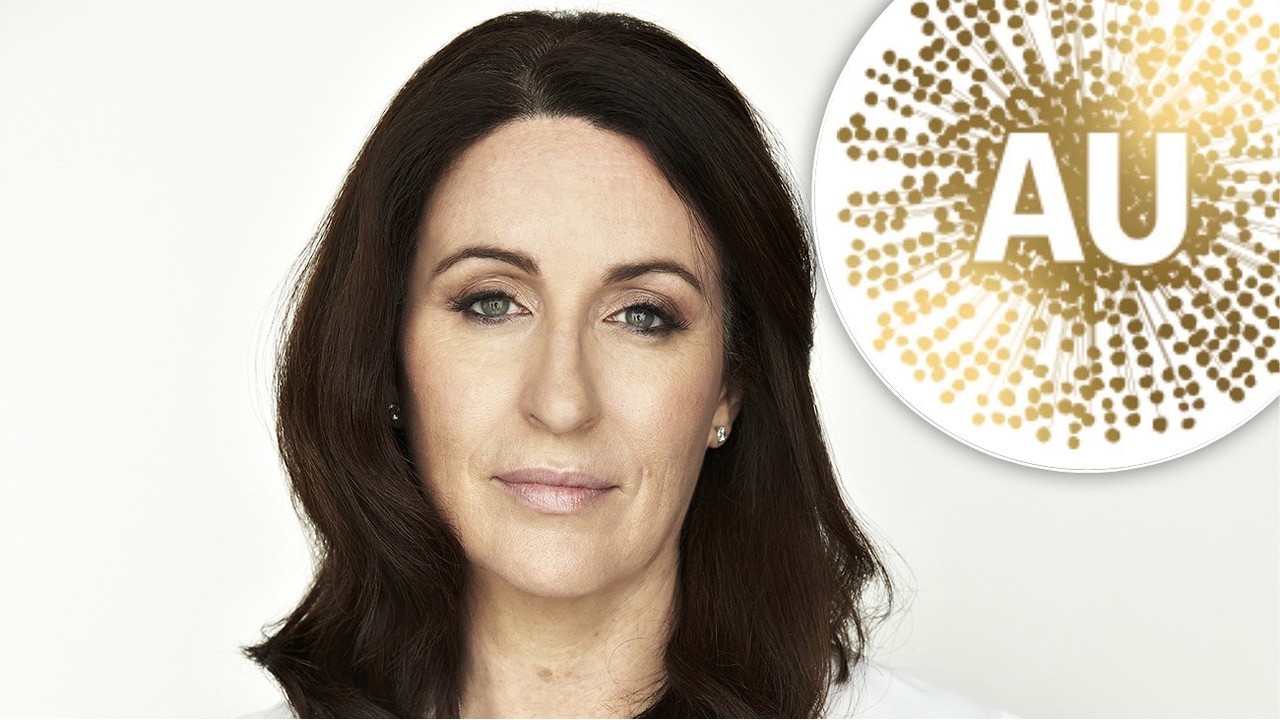They’ve been called the new breed of bludger. But are they?
It’s easy to depict Gen Yers as dole bludgers who eschew work. But don’t let facts get in the way of (un) healthy outrage and stereotypes; especially when you have young girls so ready to confirm them.
When headlines such as “New Breed of Bludger” appear, it’s inevitable public scorn will follow.
Last week, an Organisation for Economic Co-operation and Development (OECD) Report, “Investing in Youth: Australia”, revealed Australia now has over half a million young people between the ages of 15-29 who are NEETs: “not in employment, education or training.”
Instead of drilling down into the report and considering the personal, economic, health, and social reasons why young people aren’t in the workforce, never mind that our rate of NEETs was higher in 2015 than before the global financial crisis (GFC), some have chosen to be outraged instead.
Referring to NEETs as an “army” as if they might invade and their attitudes overtake the country, various stories about this have sought to arouse collective contempt for and promote vilification of Gen Y.
They were depicted as a bunch of good-for-nothing layabouts who claim “dole” cheques and engage in whatever leisure activities they enjoy — sleeping, playing computer games, and eating junk food.
When two silly and slack young women, Ashleigh, 21, and Amy, 17, both from Mt Druitt (a low-socio-economic suburb) in Sydney, became the poster-girls for Australian NEETs, expressing their lack of desire for jobs and preference to chill “around Maccas” and bush-bash their old Barina, fury went into overdrive.
Ashleigh said, “I’ll die before I spend time in an office.”
While many of us know how soul-destroying office work (and many other jobs) can be, what on earth has happened that these young women are so disaffected with the idea of “work” — which can be rewarding, instill self-worth and is a means to many ends — they’d rather remain on unemployment benefits?
Fortunately, these girls aren’t representative of all NEETs.

According to the report, 41 per cent of NEETs do want a job, while 19 per cent also want one but aren’t looking (with reason). Many of the latter are young parents who find the high cost of childcare makes returning to the workforce prohibitive.
It’s a case of the mind and body is willing, but the wallet is weak.
Indigenous youth, women and those with disabilities are more likely to be NEETs. NEETs also tend to “exhibit higher rates of psychological stress and lower levels of life satisfaction.”
But don’t let facts get in the way of (un) healthy outrage and stereotypes — especially when you have young, asinine girls so ready to confirm them.
The term NEETs isn’t new. Around since at least 2002, it’s used to inform youth-orientated policies in order to understand why so many young people are disengaged from both education and the labour market.
In Europe, NEETs aged between 20-34 number over 17 million. As in Australia and elsewhere around the world, the GFC increased their numbers though they’ve recently begun to decline. In the UK, NEETs are regarded as those between the ages of 16-24 and number approximately 865,000, which is roughly 12 per cent of that age group overall.
The great concern (once we get the resentment about our taxpayer dollars funding these young people off our chests) is what these statistics and the people they embody signify at the personal and national level.
These young people are more likely to suffer poverty and social exclusion. They also represent a loss in terms of national productivity, contribution to the labour market and huge costs in terms of welfare payments.

According to international research and surveys, the risk factors for being categorised NEET are lack of education, pregnancy, substance abuse, responsibilities as a carer, and a criminal record.
Education, apprenticeships, traineeships, self-employment, volunteering and work schemes all reduce the number of NEETs.
But we’ve slashed funding to TAFE and vocational education and training.
Many NEETs are also trapped in a cycle of welfare, where generations of their family and friends have never worked. They lack role models and incentives and come to believe they’re entitled to “hand outs”; that it’s their “right”.
Rather than perceiving Ashleigh and Amy as representative of all NEETs, we need to understand the wider forces contributing to the employment malaise.
Matt Grudnoff, senior economist with the Australia Institute think-tank, argues in an article on news.com.au, that what the “OECD report really shows is that a sluggish economy creates … (a) ‘discouraged worker’ effect.”
Grudnoff believes we shouldn’t be too hard on the unemployed. We’ve created a system where we require about five per cent unemployed to survive. “As a society, you can either victimise them and tell them they’re the problem, or we can help them.”
Sadly, all Amy and Ashleigh have done is reinforce negative stereotypes of young people as a bunch of slack degenerates and “welfare scabs”, when we should see them as not only part of a much bigger social and economic problem we need to solve, but also as a couple of patsies.
Dr Karen Brooks is a honorary senior research fellow at the University of Queensland
brookssk@bigpond.com.au


